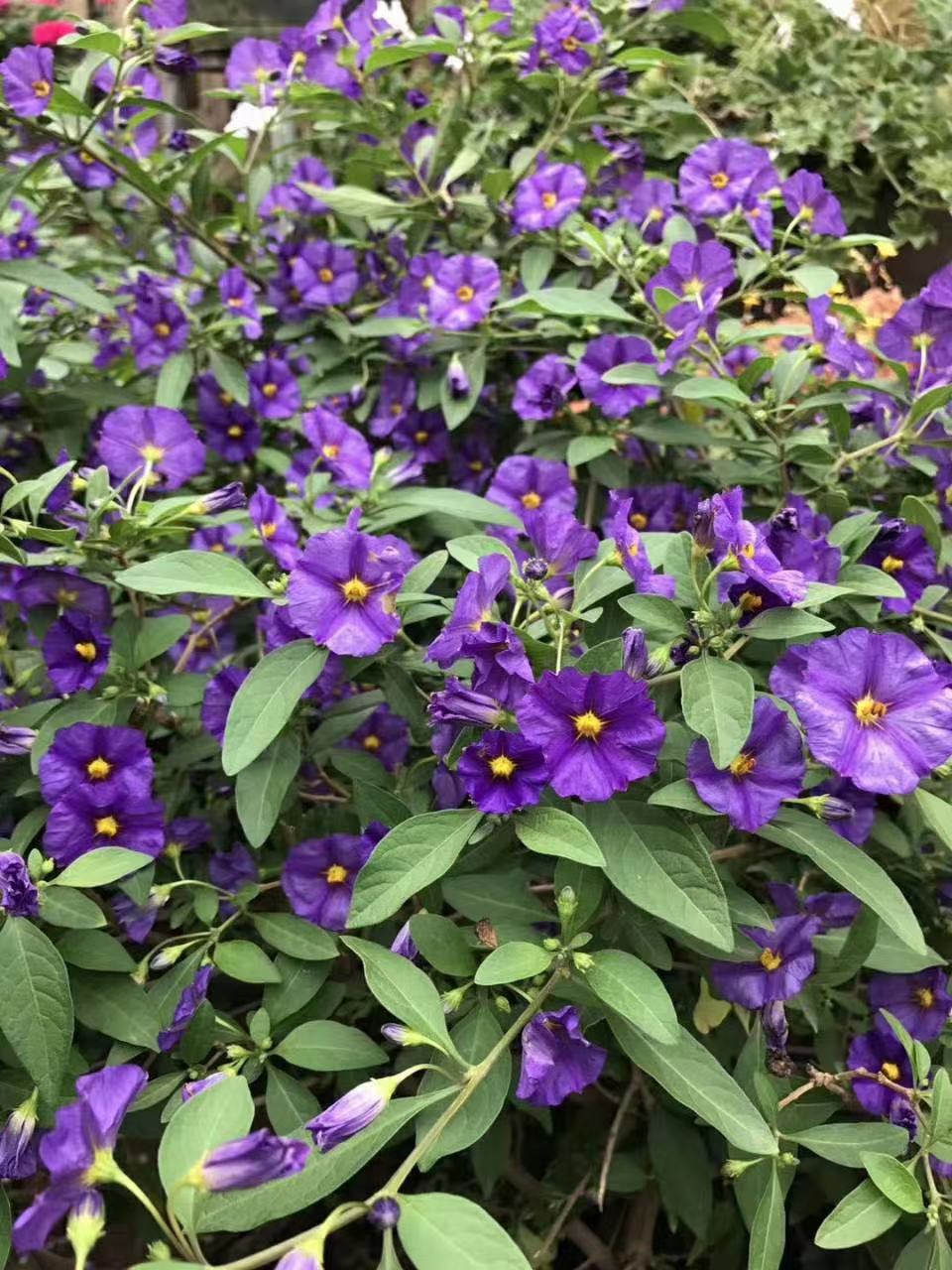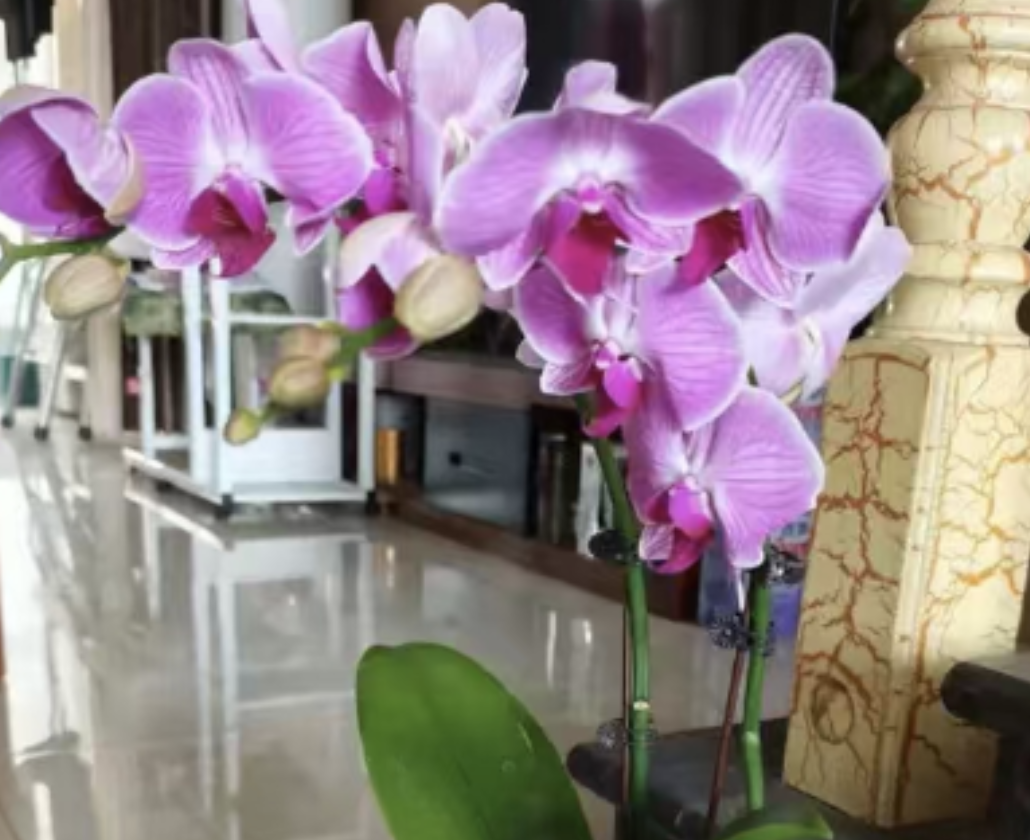During the maintenance process of Solanum rantonnetii, the phenomenon of leaf drop occurs from time to time. The reasons for the leaf drop of Solanum rantonnetii are rather complex and need to be analyzed from multiple aspects.
Firstly, environmental changes are one of the common inducements. Solanum rantonnetii has a certain limit in its adaptability to the environment. Sudden fluctuations in temperature, changes in humidity, or alterations in light intensity can all affect its growth, thereby causing the leaves to drop. For example, in the high-temperature and high-humidity environment of summer, if the ventilation is poor, Solanum rantonnetii is prone to disease attacks, which then triggers leaf shedding. Secondly, improper maintenance is also an important factor. Both excessive and insufficient watering can cause damage to the roots of Solanum rantonnetii. Excessive watering can lead to oxygen deficiency in the roots, affecting the absorption of water and nutrients, thus causing the leaves to turn yellow and drop; insufficient watering will cause water shortage in the plant, resulting in dry and fallen leaves. In terms of fertilization, excessive or unbalanced fertilization can make the nutrient concentration in the soil too high, causing root burning and leaf drop; while insufficient fertilization will cause poor growth of the plant, and the leaves may also drop as a result.
Furthermore, the invasion of pests and diseases cannot be ignored. Solanum rantonnetii is vulnerable to pests such as aphids and spider mites. These pests suck the sap of the plants, destroy the tissues of the leaves, and cause the leaves to drop. At the same time, diseases such as fungi and bacteria can also infect Solanum rantonnetii, such as leaf spot disease and anthrax, causing spots, rot and other symptoms on the leaves, and eventually the leaves drop. Finally, the growth stage of Solanum rantonnetii itself can also lead to leaf drop. During the change of seasons or the metabolic process of plant growth, some old leaves will naturally fall off to ensure the growth of new leaves and the normal development of the plant. But this natural shedding is usually in small amounts. If a large number of leaves drop, the above-mentioned other factors need to be considered. The leaf drop of Solanum rantonnetii may be the result of the combined effects of multiple reasons such as environmental changes, improper maintenance, pests and diseases invasion, and its own growth stage.
Solanum rantonnetii is suitable for growing in loose, fertile, and well-drained soil. A mixture of leaf mold soil, peat soil, and perlite can be selected to provide sufficient nutrients and good air permeability. Sufficient light is an important condition for the healthy growth of Solanum rantonnetii. It should be placed in a sunny position, but in high temperatures in summer, appropriate shading is needed to avoid direct strong light causing leaf burns. Solanum rantonnetii likes a warm environment, and the suitable growth temperature is between 20 - 30 degrees Celsius. In winter, attention should be paid to keeping warm to avoid the impact of low temperature on its growth. Maintaining a moderate degree of humidity is the key. Follow the principle of "water when dry, stop when wet" to avoid water accumulation, so as not to cause root rot. In high temperatures in summer, the watering frequency can be appropriately increased. During the growth period, regular fertilization is helpful for the vigorous growth of Solanum rantonnetii. Apply diluted compound fertilizer once every 2 - 3 weeks, and increase the application of phosphorus and potassium fertilizers before the flowering period.
During the maintenance process, it is necessary to pay close attention to the growth status of the plant, adjust the maintenance measures in time, provide a suitable growth environment for Solanum rantonnetii to ensure its healthy growth and good ornamental effect.
What's the matter with the leaf drop of Solanum rantonnetii?

Share with
Tagged in :




Leave a Reply